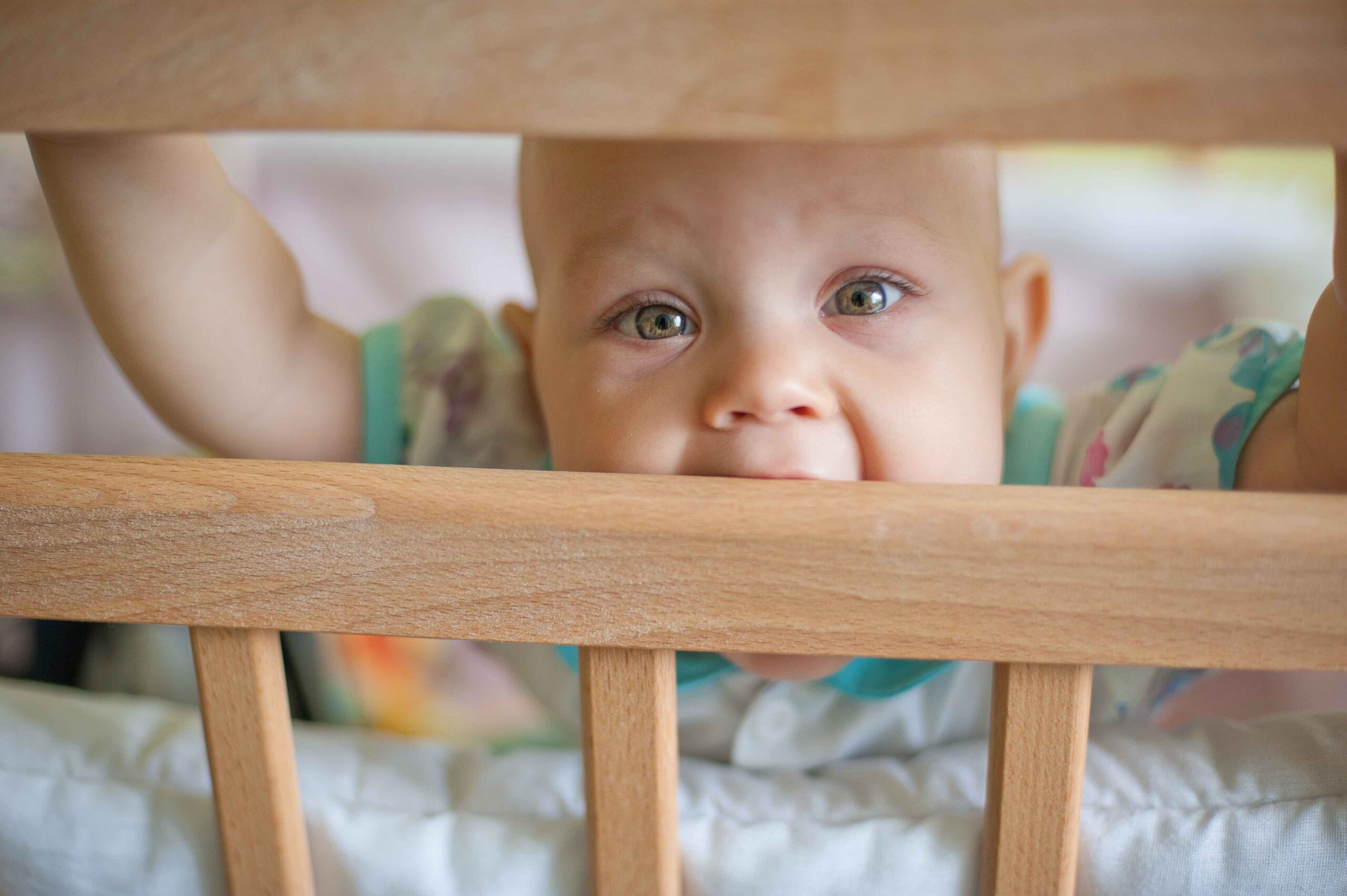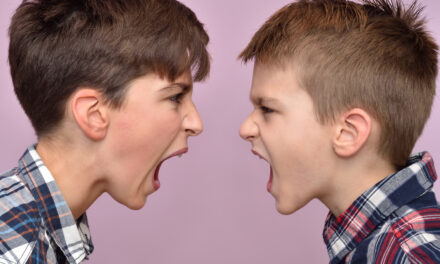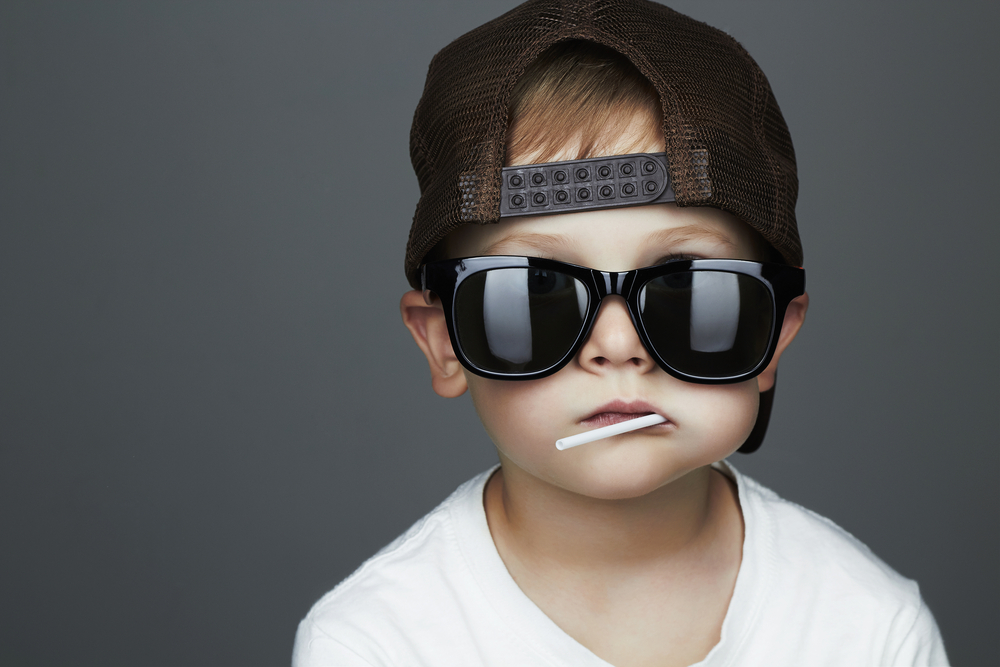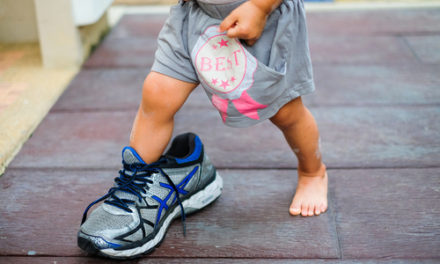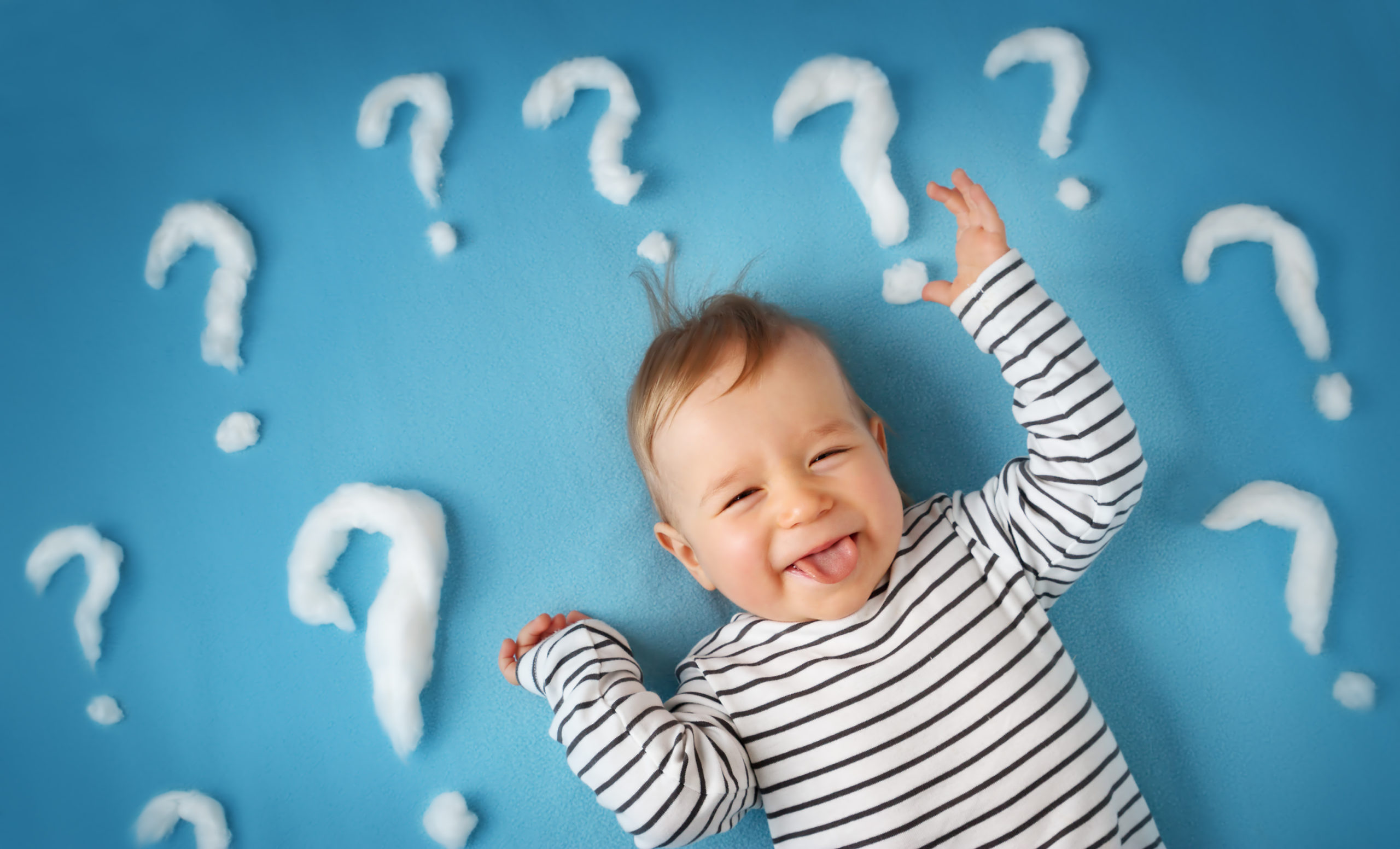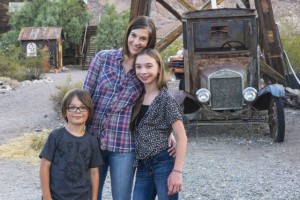Teething has had a bad reputation for over 5000 years. Hippocrates, Homer, and Aristotle associated teething with serious diseases1. Since then teething has been blamed for ailments from seizures, to infections like cholera, meningitis, tetanus and even penile discharge. In 18th century France, about half of all infant deaths were attributed to teething. Obviously, it’s ridiculous to blame the eruption of a new tooth for life-threatening disease, but teething is still widely thought to cause fever, diarrhea, irritability, poor sleep and drooling.
Teething is uncomfortable. But it’s mostly coincidence that kids are a mess when they are teething. First of all, they cut new teeth from about 6 months, until sometime around 3 years. So there is virtually never a time when they are sleeping poorly, have a fever or diarrhea, when they aren’t ALSO getting a new tooth. They are always teething, so their symptoms aren’t necessarily due to a new tooth.
Second, babies’ first tooth erupts in the center of their lower jaw at the same age when kids really start to explore their environment. They put their hands on everything they can grab and then shove them in their mouth because they just learned how to do that. And they probably do have some amount of gingival discomfort with those new teeth coming in, so they like to chew on the grocery cart handle, their friend’s toy, and frankly, anything they can find that is covered in infectious virus particles. And they haven’t quite built up their grown-up immune system, so they get sick.
I’m not just making this up. Research supports this germ theory of teething-related fever and diarrhea. A summary of 10 studies on teething (a “meta-analysis”) 2 showed that teething absolutely does not cause fever. The most common teething-related symptoms were gum irritation in 86% of kids, and irritability in 68%. One of the studies3 included in this analysis compared 236 toothdays (days when new teeth were erupting) to 895 non-toothdays in 21 babies at a daycare center. They examined the babies mouths, took their temperatures and asked parents and daycare workers about symptoms. They found that fever, sleep disturbance, drooling, diarrhea, and rashes were not at all related to the timing of baby tooth eruption.
It’s time to exonerate teething. Despite the evidence, both parents and physicians still hold incorrect beliefs about teething. And placing the blame for fever, diarrhea and even fussiness on teething prevents parents from addressing poor sleep and fussiness. Just as a child with language delay might benefit from early intervention, so would a child with poor sleep benefit from sleep training more than pain medication or teething tablets. Besides, using teething remedies can be dangerous. The AAP (American Academy of Pediatrics) recently advised against using homeopathic teething remedies when a lab analysis of some homeopathic teething pills found greater amounts of deadly nightshade (belladonna) than were on the label. Symptoms of belladonna include seizures, difficulty breathing, muscle weakness, skin flushing and agitation. Similarly, topical pain relievers with benzocaine (e.g. Orajel) have long been known to cause serious side effects.
So, what should you do for teething? During the day, a baby can easily be distracted from the minor discomfort so just show them a new toy or tickle them. Or try cold fruit inside a Fresh Food Feeder. Don’t give frozen teething rings, frozen foods or popsicles as they can cause fat necrosis, a type of skin damage that is not dangerous but is funny looking. Fat necrosis will cause hard, red areas where the skin or inside of the mouth has been frozen.
And, most importantly, if your child has a temperature over 100.4, they have a real fever and it’s not caused by teething. If a child seems sick, consider a doctor’s visit. But don’t blame the baby teeth. They are just minding their own business.
Read more: Why do babies drool?
What’s the deal with fluoride?
How do I get a teething baby to sleep?
References
- McIntyre, G. T., and G. M. McIntyre. “Teething troubles?.” British dental journal5 (2002): 251-255.
- Massignan, Carla, et al. “Signs and Symptoms of Primary Tooth Eruption: A Meta-analysis.” Pediatrics (2016): peds-2015.
- Wake, Melissa, Kylie Hesketh, and James Lucas. “Teething and tooth eruption in infants: a cohort study.” Pediatrics6 (2000): 1374-1379.

